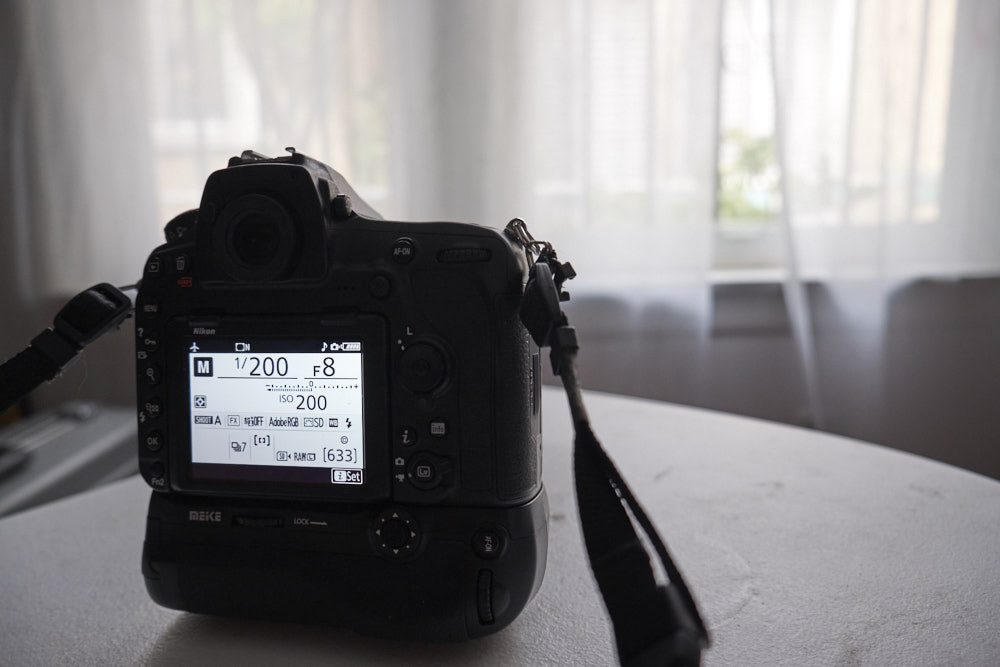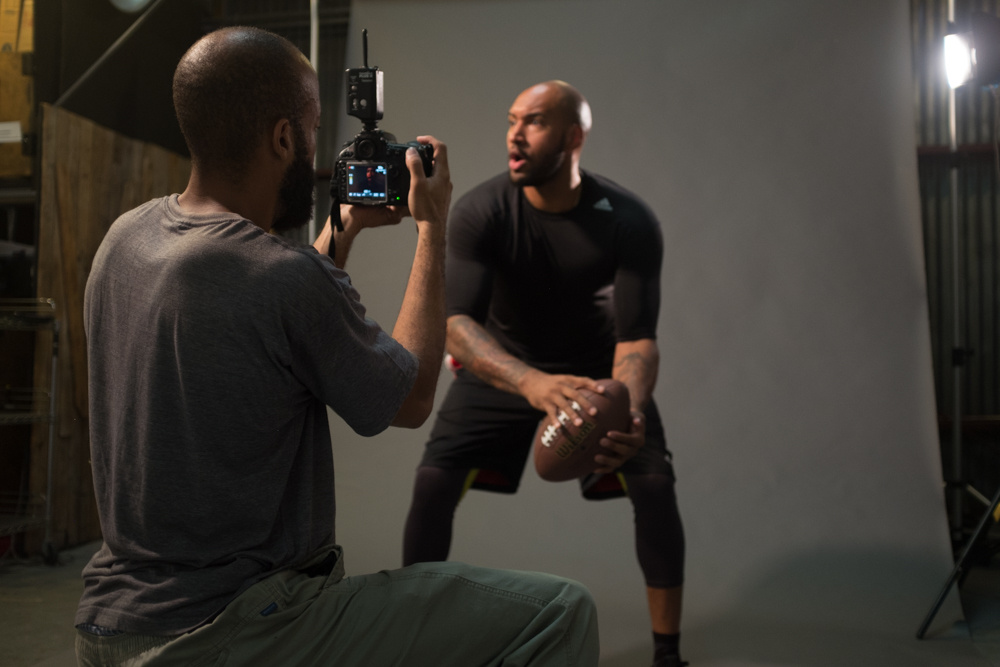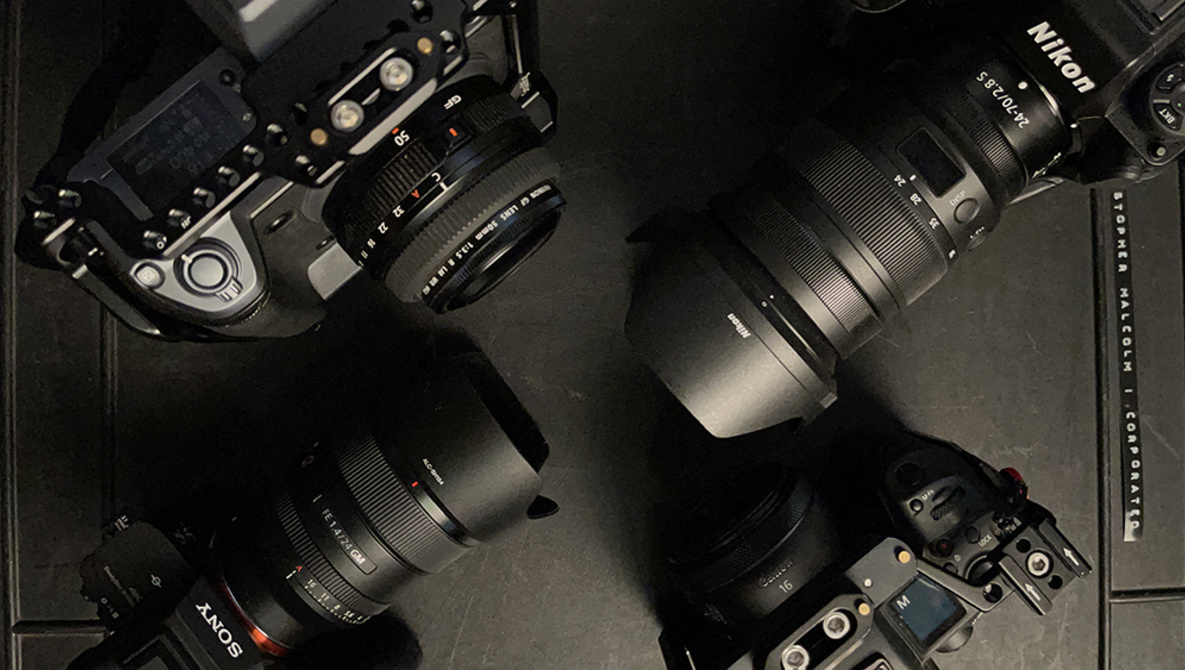Today, let’s have a look at specs that really matter to the life of a photographer.
So, if you’ve ever found yourself trudging through one of my lengthy product reviews on this platform in the past, you will likely have realized that I don’t like to talk about camera specs. Generally speaking, the vast majority of reviews I write may mention said specs in passing, but the meat of the review will inevitably be spent on the use case for the equipment rather than random mathematical figures that you can read in any product catalog. This is not only because I’m almost two decades past being exhausted by the whole “specs matter” conversation. Rather, it’s because after three decades of being an artist, it is simply a quantifiable fact that technology isn’t creative, artists are creative, and the level of the result will always be governed by the quality of the artist rather than the wrench/camera they choose to use to create that art.
But that doesn’t mean that paying attention to metrics is totally without merit. So today, I thought I would point out a few metrics that are actually worth paying attention to.

A couple months ago, I dialed into a wonderful webinar on Zoom. The topic of the discussion was financial planning for photographers, and it covered everything from investing to how to use debt in growing your business to sound retirement planning. Hardly the type of stuff that’s going to get a million hits on YouTube, but definitely the type of practical information that all photographers will eventually go in search of if their goal is to use art to make their living.
There was a lot of good information in the webinar, but one particular piece stuck out to me and is the kernel that inspired me to talk about today’s topic. She mentioned that when trying to forecast revenues and expenses for coming years, one should first take a look at the metrics. Which specific metrics one would look at would vary based on the type of business. But these numbers provide the clues as to how much business may be coming down the pike as well as what spending might soon be rearing its ugly head.
For example, I am an advertising photographer and commercial director/DP. So, my income comes primarily from advertising campaigns which could be derived from ad agencies, production companies, or directly through brands. I don’t work in weddings, events, photojournalism, family portraits, etc. So, the specific metrics that apply to those businesses might be slightly different than mine. But the underlying principles are the same. How many clients contacted me in the last month requesting a bid? How many bids have I won versus how many have I lost? How many clients have I cold called/emailed this month? Has my contact list grown? How many existing clients have I contacted to check in on? Have I attended any networking events? How many awards have I won? And, of course, how much revenue did I make this month versus the same time last year or the previous month? The goal of gathering this kind of information isn’t so that I can either pat myself on the back or wallow in self-pity. The goal is to give myself hard numbers from which I can better plan future strategy.

For instance, as entrepreneurs, we are all familiar with unexpected expenses. Your computer breaks down at the most inopportune time. Your camera dies. Or, your camera is fine, but your business is growing in such a way that you need to upgrade your system. Whatever it might be, it can be hard to know when we will suddenly be met with a very large debit to our balance sheet that we weren’t planning. But, if we pay attention to metrics, we discover that some of those “unexpected expenses” aren’t always as unexpected as we think they are.
Here’s what I mean. No, I didn’t realize that my laptop was going to finally give up the ghost this year. Just like I didn’t realize that I was going to finally invest in the perfect camera system last year. But, if I take a look at my financial statements from the last five years, I can see that every year, regardless of the specifics, there will be some unexpected big expense. Something I wasn’t planning on buying that year. Or maybe I was planning on spending some money but it ended up being more expensive than I thought. These expenses may feel out of the blue when they are occurring, but, in actuality, they were rather predictable. In fact, if I look at those totals going back a few years, I can add up those “unexpected” expenses, take an average, and then have a better plan for the year ahead. I may not know what malfunction or change is going to require the unexpected expense. But I can pretty much guarantee that there will be an unexpected expense at some point. And those past numbers should give me a ballpark figure for how much I need to set aside for that expense when it inevitably comes. At that point, it’s no longer unexpected and just a predictable cost of doing business.
Likewise, knowing things like how many clients are inquiring about your service and whether or not that’s an increase or a decrease over previous periods can be an indicator of where you should be projecting potential revenue. Sometimes, it's a combination of metrics that paint a better picture. Say, for example, you haven’t booked a single job in the month of May. But, at the same time, you’ve won X number of awards, gotten Y number of random calls from potential new clients, and sent out Z number of cold emails, a 10% increase over the previous period. Sure, May might not have been great. But you have reason to believe that June and July may see an increase based on the other supporting evidence.
Or maybe you see the number of incoming inquiries decreasing. But you also notice that you’ve reached out less to potential clients in the preceding months or spent less time posting on social media. That may help you identify the source of the dip in time to correct it.

Of course, money isn’t everything. Some of you reading this article have no interest in making your living from photography. So, you may be thinking that camera specs are the most important metrics because profit isn’t one of your concerns. Well, not so fast. There are still more important metrics than how many megapixels your camera contains.
How many shoots have you done in the last month? How many hours have you spent practicing your craft? Not talking about your craft. Not watching YouTube videos of other people practicing their craft. But, I mean actually going out and creating your own work that can improve your skills. You don’t have to win awards or make a lot of money to show improvement. Take a look at the amount of work you are putting into getting better as an artist as well as the results you are getting. It shouldn’t come as a shock to you that the more work you put into something, the better your results are going to be. So, have you spent 15 hours this month watching new gear videos by your favorite influencers? Or have you spent 15 hours this month doing test shoots, trying new techniques, or arranging your own shoots to push your boundaries? Any one of those metrics is a better indicator of how much your work will improve than the specs on a product sheet.
As much fun as it can be to chat about the mouth watering specs of the latest and greatest tech products, the real key to improvement is putting in the work to improve. Fractional improvements in camera specs might matter in lab environments. But paying closer attention to the metrics of your own activity and efforts is a far better indicator of the greatness to come.







That is really cool that you found a webinar so specific to this profession. To reinforce your point about metrics and getting out there, working, practicing and improving, I would say that one metric I am hyper-conscious about is am I getting my money's worth out of my tools. Am I using these tools enough to justify having what I have, let alone being seduced by the latest most alluring version of the equipment? And if you depreciate your equipment and do this for primary or supplemental income, do the numbers make good business sense? Also, is the equipment still able to produce competitive and quality results (thanks to the skills of the photographer, of course)? As an IT person by trade who has a business, this has been a valid consideration for things like laptops, etc.
Excellent points. I have literally asked that question about specific pieces of gear. I spent X on the camera/gear when it was new. Then, four years later I realize I haven't made a cent from it and would have been better off either A) opting for a less expensive model or B) simply renting it on an as-needed basis. ROI is something often overlooked in the technology debate.